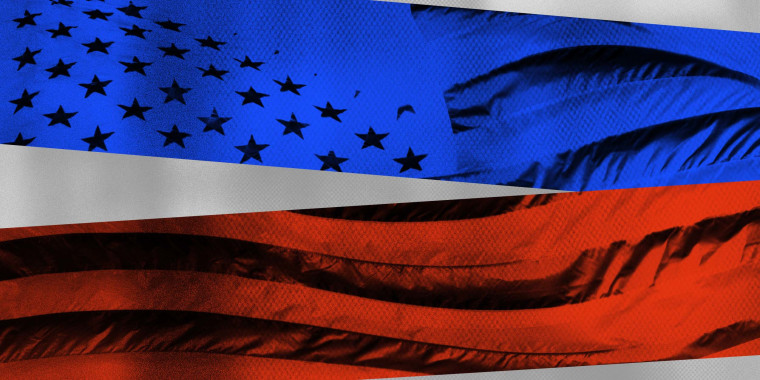We are now one year removed from the violent insurrection at the Capitol on Jan. 6. Although we have been fortunate to have avoided large-scale political violence of that nature since the event, many continue to speculate about the possibility of civil war, a secession of some kind or what some have referred to as a “national divorce” in the U.S. Much of this comes from concerned pundits, scholars and journalists, but we also find it in more ideological quarters on the left and the right.
Civil conflict in the U.S. would not lead to two American armies fighting each other.
The talk of civil war tends to focus on political polarization, increased political violence and other possible causes but rarely focuses on what another American civil war might look like. The U.S. has fortunately avoided civil conflict for over 150 years, but that leads many Americans to misunderstand what civil war in the 21st century would mean. The model of two armies representing rival political and geographical forces going to battle, as was the case in the 1860s, is no longer relevant. Similarly, the idea of one group of states seceding and forming a separate country, as the Confederacy sought to do, is not applicable to the U.S. today.
Should it happen again in the U.S., a civil war would be much more chaotic. It would probably not be characterized by functioning armies fighting bloody battles but by numerous, perhaps hundreds, of rival militias fighting one another across the country. Given how heavily armed Americans are — 40 percent of U.S. adults live in homes with guns, according to a Pew Research Center survey last year — violence would be widespread, with little distinction among civilian and military targets and victims.
One of the first casualties of any civil conflict in the U.S. would be the economy. The complex American economy is built on the interdependence of governments and the private sector throughout the country. Widespread violence would bring the economy to its knees as internet outages, roadblocks, fear of violence and the like would make it extremely difficult to move goods or deliver services across the country. This would rapidly impoverish millions of people, which in turn would lead to more violence, anger and chaos.
Civil conflict in the U.S. would not lead to two American armies fighting each other. It would be more likely to result in the fracturing of the enormously powerful U.S. military and various other security forces, such as large police departments. Some forces would stay out of the conflict, and others would try to restore peace, but some would choose sides. Given the disturbing presence of far-right-wing infiltrating security forces, it is likely that more would side with the authoritarian forces than with the pro-democracy side.
The result of another civil war would not be a country neatly divided into a “United Blue States” and a “United Red States” or some similarly neat two or more part taxonomy. A brief look at a map demonstrates why this is impossible. Political divisions in the U.S. are much less distinct than state lines. There are pockets of strong support for the MAGA movement in, for example, eastern California and New York state — not just upstate, but also in Staten Island. Similarly, there are numerous blue cities, like Houston, Austin and New Orleans, in red states. And African Americans and Latinos (typically left-leaning demographics) live in otherwise red states like Texas, Mississippi and Louisiana.
The more likely outcome would be a fracturing rather than a dividing of the country, leading to a conflict that would endure for years, with very weak state and national governments unable to exert any kind of meaningful control over most of the country. This would naturally also mean persistent violence and economic decline.
Discussing the likelihood of another civil war is an unhelpful way to understand the current American political environment, not because it is an unlikely outcome, but because Americans might not recognize civil war when it happens.
If we are waiting for secession and formal armies before we recognize we are in a civil war, we may miss its arrival.
A more difficult question is: How would we know we were in the civil war? More violent incidents like the one that occurred a year ago, elections in which the Republican Party refuses to accept defeat, threats against elected officials and local elected officials unwilling to implement federal laws — all would be signs that civil war was near. Still, none are as definitive as the attack on Fort Sumter, South Carolina, in 1861 or a formal declaration of secession.
The anniversary of the Jan. 6 insurrection occurs at a time when the Republican Party has, with a small handful of exceptions, decided that the events of the day were not an insurrection at all and were really not a big deal. That should make it clear that we cannot dismiss talk of possible civil conflict as hyperbolic. However, we must be clear-eyed about how devastating civil war would be and how casual talk of a national divorce or a peaceful dissolution between red and blue America is absurd.
We are stuck with each other, and the cost of breaking up America would be extremely high for all of us.

